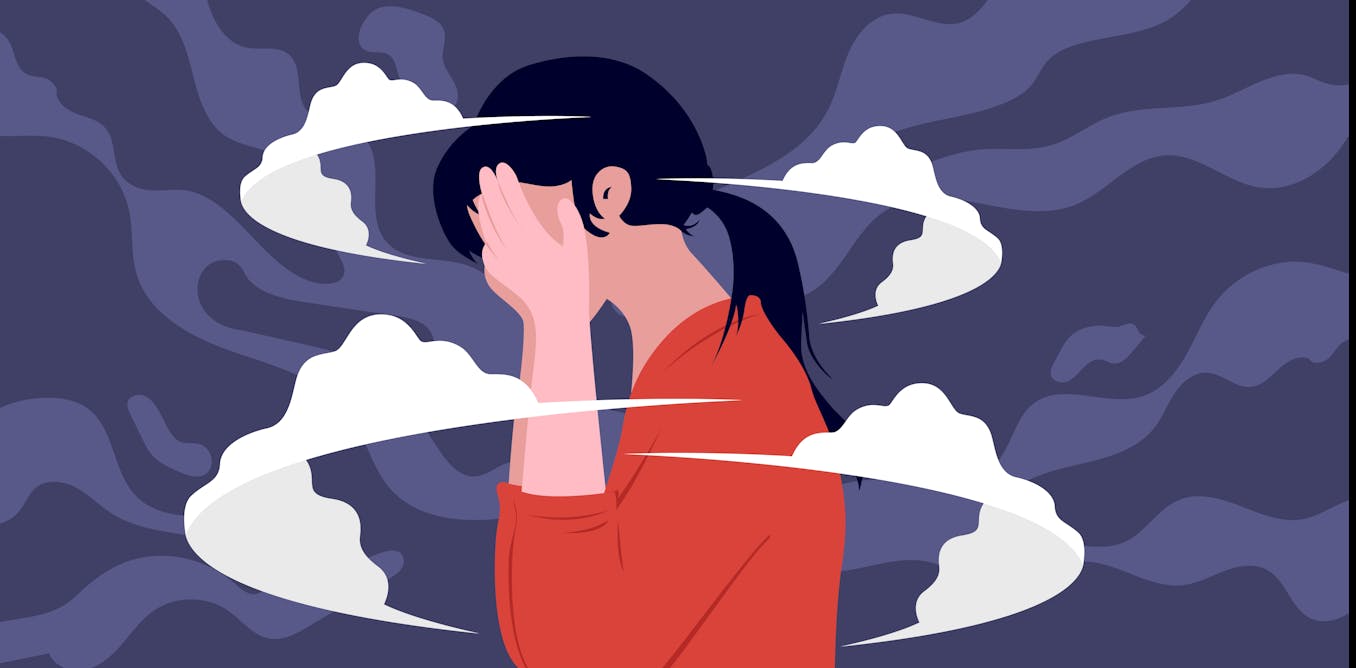For Richer, But Not for Poorer


Mental Health Disparities
Australian pride in our universal health system is partly derived from our belief that services should be most available to those who most need them. Logically, this should apply just as much to mental health as to other parts of the health system. However, our new research finds Australia’s mental health care system is not equitable in this way.
While Australians living in the most disadvantaged areas experience the highest levels of mental distress, they appear to have the least access to mental health services.
Mental Health Services in Australia
To understand levels of mental distress across the population, we looked at data from the Australian Bureau of Statistics (ABS). The ABS has classified levels of mental distress according to the Kessler Psychological Distress Scale (K10). Using this information, and demographic data from the Census, we calculated that 29% of working-age Australian adults in the lowest income households experience elevated mental distress. This is compared to around 11% in the highest income households.
About 6% of working-age adults experience “very high” mental distress, indicating serious distress and very likely a mental disorder. Our analysis showed around 14% in the lowest income households reach this threshold, compared to only 2% in the highest income households.
Mapping Inequity
We first examined federally funded Medicare mental health services, largely provided under the Better Access initiative, to establish how equitably – or not – these are distributed. These services are delivered by GPs, psychiatrists, psychologists, and allied health-care professionals (social workers and occupational therapists).
We calculated the total number of Medicare-subsidised services provided in a year, and divided this by the number of people with the most need for those services. We defined this group in our study as those with “very high” mental distress according to the K10 scale. This gave us an average number of services available per person. For our calculations, we assumed all services were accessed by those in most need of care.
In 2019, if all people with the most need had equal access to mental health care, on average, each person would receive 12 services. The map below highlights regions where the average is higher (darker shades) or lower (lighter shades). It shows significant inequity and service gaps.
Community Mental Health Services
We then looked at public community mental health services. These are mostly public hospital outpatient services, and some other community services not funded by Medicare. We wanted to understand whether poorer Australians are accessing these services, evening out Medicare’s apparent inequity.
When we included these services into our calculations, the equity indicator did drop from six to three. In other words, people with the greatest need for care living in the poorest areas received three times fewer mental health services (community services and Medicare-subsidised services) compared with those in the richest areas.
Bridging the Gap
Improving access to Medicare mental health services might even help to prevent some of these more acute episodes, potentially alleviating some of the pressure on community mental health services.
We need to properly configure these larger elements of our mental health service jigsaw into a more contiguous design, making it less likely people will fall through dangerous cracks. This can be achieved through better and more coordinated planning between federal and state mental health services, and funding research to better understand who actually accesses current services.
Conclusion
The Australian mental health care system is not equitable, with Australians living in the most disadvantaged areas experiencing the highest levels of mental distress but having the least access to mental health services. To address this inequity, we need to improve access to Medicare mental health services and better coordinate community mental health services. This will require more planning and research, but the benefits will be worth it – better mental health outcomes for all Australians.
FAQs
What is the Kessler Psychological Distress Scale (K10)? The K10 is a widely used measure of mental distress, which categorizes levels of distress as mild, moderate, severe, or very high.
What is the Better Access initiative? The Better Access initiative is a federally funded program aimed at increasing access to mental health services in Australia. It provides subsidies for people to see mental health professionals, such as psychologists and psychiatrists.
How do community mental health services differ from Medicare-subsidised services? Community mental health services are typically provided by public hospitals and other community organizations, while Medicare-subsidised services are provided by private practitioners. The two systems operate separately, with different eligibility criteria and funding models.
What are the implications of inequitable mental health care? Inequitable mental health care can lead to worse health outcomes, increased suffering, and higher costs for individuals, families, and society as a whole. It is essential to address these disparities to ensure that everyone has access to the mental health care they need.
Recent Posts
2025 Sampson Showdown Pro Wellness Show
2025 Sampson Showdown Pro Roster The 2025 Sampson Showdown Pro is scheduled for Saturday, March…
7 Common Causes of Pulmonary Arterial Hypertension
Pulmonary Arterial Hypertension (PAH): Causes and Types 1. Idiopathic PAH About half of PAH cases…
Losing your job is bad for your health, but there are things you can do to minimize the harm
Pathway to Illness When people lose their jobs, they do have real problems. Typically, for…
Coffee enemas probably won’t detox your system – they’re more likely to cause you serious damage
What do King Charles and Gwyneth Paltrow have in common? They've both at one point…
2025 China DMS Pro Bodybuilding Show
2025 China DMS Pro: A Look Ahead China's First Show of the 2025 Bodybuilding Season…
Sara Davies reveals how she dropped three dress sizes and admits her weight loss
Sara Davies Reveals How She Dropped Three Dress Sizes and Why She Will Never Be…


